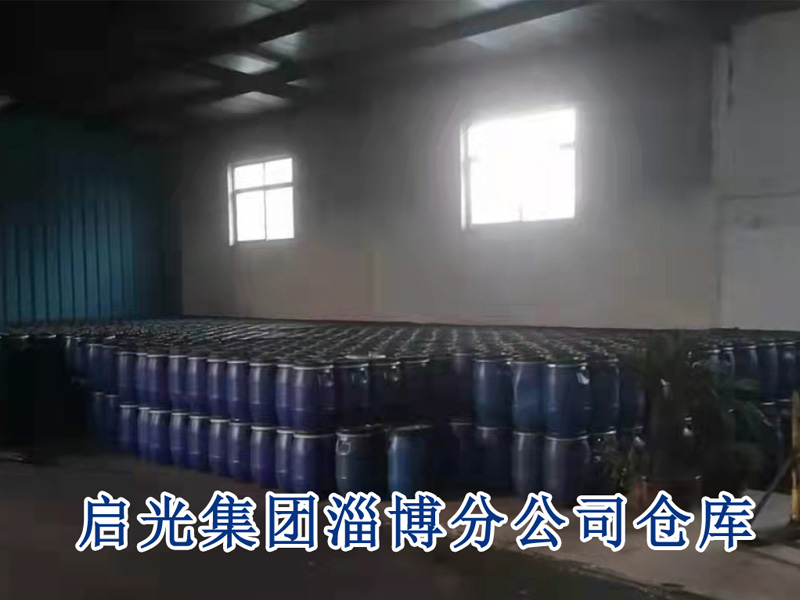What are the catalysts used for polyurethane rigid foam reaction and gelation reaction respectively
DABCO Crystalline solid triethylenediamine, industry standard product.
DABCO 33LVR 33% triethylenediamine in dipropylene glycol solution, industry standard product.
DABCOR 1027 modified triethylenediamine for monoethanolic polyester and polyether sole stock systems with fiber adjustment and release time.
DABCO 1028 modified triethylenediamine for 1,4-butylene glycol polyester and polyether sole stock systems with fiber adjustment and release time.
DABCO EG Gel Catalyst, 33% triethylenediamine in glycol solution for shoe glycol systems.
DABCO BL-22 Compound Amine, with strong “foaming” effect, replaces BL-11.
DABCO CS-90 Compound Amine, with strong “foaming” effect, improves the density gradient and opening effect of foam, can reduce the rupture of box foam corners.
AS-33 modified triethylenediamine, delayed catalyst, molded, box, soft foam
DABCO 8154 Delayed triethylenediamine type catalyst for improved foam flow.
DABCO B16 Improved surface cure for molding and other self-crusting systems.
DABCO BDMA Reduces brittleness and surface cure in high moisture formulations.
DABCO BL-11 Dipropylene glycol solution of 70% bis(dimethylaminoethyl) ether, “foaming” type catalyst.
DABCO BL-17 Bis(dimethylaminoethyl) ether derivative with delayed reaction effect.
DABCO DC-2R Special compound amine for hard spray accelerated curing, excellent storage stability.

DABCO DMAEE Dimethylaminoethoxyethanol. Low odor surface curing catalyst, shared with 33LV and other major base catalysts.
DABCO DMDEE “foaming” catalyst, especially suitable for single component sealing foam, soluble and non-reactive with MDI.
DABCO DMEA Dimethylethanolamine Mild and balanced catalyst with short emulsion time.
DABCO NE200 Special low atomization reactive “foaming” catalyst.
DABCO NE400 Low odor, special low atomization reactive catalyst for polyester foams.
DABCO NE500 Special low atomization reactive “gelling” catalyst with greatly reduced odor and atomization.
DABCO NE600 Special low atomization reactive “foaming” catalyst with significant odor and atomization reduction.
DABCO NE1060 Special low atomization reactive “gelling” catalyst.
DABCO S-25 gelling catalyst, 25% triethylenediamine, 75% 1,4-butanediol blend.
DABCO T Foaming catalyst with low atomization effect for packaging materials.
DABCO TMR for polyisocyanurate (PIR), accelerates final cure without affecting emulsion time.
DABCO TMR-2 is used for polyisocyanurate (PIR) but has a milder reaction and shortens the release time of rigid foam.
DABCO TMR-3 is used for polyisocyanurate (PIR), but the reaction is the slowest and has a delayed effect.
DABCO TMR-4 Trimerization reaction catalyst, provides excellent flowability effect.
DABCO TMR-30 2,4,6-Tris(dimethylaminomethyl)phenol Tris(dimethylaminomethyl)-2,4,6-phenol basic trimerization reaction catalyst.
POLYCAT41 1,3,5-Tris(dimethylaminopropyl)hexaaminotriazine trimerization catalyst, excellent foaming effect; suitable for all kinds of hard foam system with high water content, can shorten the demoulding time.
POLYCATR5 PMDETA PC5 Pentamethyldiethylenetriamine Strong “foaming” catalyst, standard catalyst for hard foam industry, improves foam flow.
POLYCAT77 Pentamethyldipropylenetriamine Balanced reaction catalyst, excellent pore opening and surface curing effect, can enhance the resilience of molded foam.
POLYCAT33 PC33 DMCHA Dimethylcyclohexylamine Modified dimethylcyclohexylamine, low odor hard catalyst, industry standard product.
POLYCAT9 PC9 Tris(dimethylaminopropylamine) tertiary amine, low odor hard catalyst, can replace dimethylcyclohexylamine, especially suitable for hard spray systems.
POLYCAT12 PC12 N-Methyldicyclohexylamine Tertiary amine catalyst, less reactive, increases foam hardness.
POLYCAT17 Low atomization PC17 Dimethylaminoethoxyethanol Balanced, low atomization catalyst, improves surface curing, especially for products such as headrests.
POLYCAT18 (new) PC-18 Special co-catalyst, delays onset time without affecting end cure; improves topside curing of boards.
POLYCAT48 PC48 Special balanced catalyst to help improve flow and enhance dimensional stability, especially for low density formulations, can be used alone or in combination with other catalysts.

POLYCAT58 PC58 Low odor, surface curing catalyst.
POLYCAT92 PC92 Special compound amine, has extended opalescence, reduces sponge breakage loss, suitable for low to high density formulations, especially for slow rebound.
C-225 Delayed blowout and crosslinking balance, improved flow.
PC CAT DBU DBU 1,8 diazabicyclo[5,4,0]undecylene-7, strong gel catalyst.
SMP Compound tertiary amine, increase foam hardness PCCAT NP15 Bis-(3-dimethylaminopropyl)amino-2-propanolamine, low odor, high resilience DMBA Dimethylbenzylamine ZF-1 Low atomization, foam type catalyst, can replace A-1TMEDA Tetramethylethylenediamine Auxiliary catalyst
TMPTA Tetramethylmalondiamine Auxiliary catalyst L-33 Low atomization, gel type catalyst, performance can replace A-33 NMM N-methylmorpholine, polyurethane block foam, open pore DMP 1,4-dimethylpiperazine, self-crusting Metal type catalyst
DABCO K-15 70% potassium octanoate in diethylene glycol solution, standard PIR catalyst. DABCO T9 100% stannous octanoate, industry standard tin type catalyst.
DABCO T12 Dibutyltin dilaurate, for coatings or PU resins.
DABCO 120 tetravalent tin catalyst, faster and more stable reaction than T-12.
POLYCAT 46 Potassium acetate in ethylene glycol solution, the strongest trimerization catalyst.
![DMAEE CAS1704-62-7 2-[2-(Dimethylamino)ethoxy]ethanol](http://dmaee.cn/wp-content/uploads/2022/11/cropped-logo1.jpg)
